The A to Z of Photography: Focal length
Baffled by focal length? Here's what you need to know
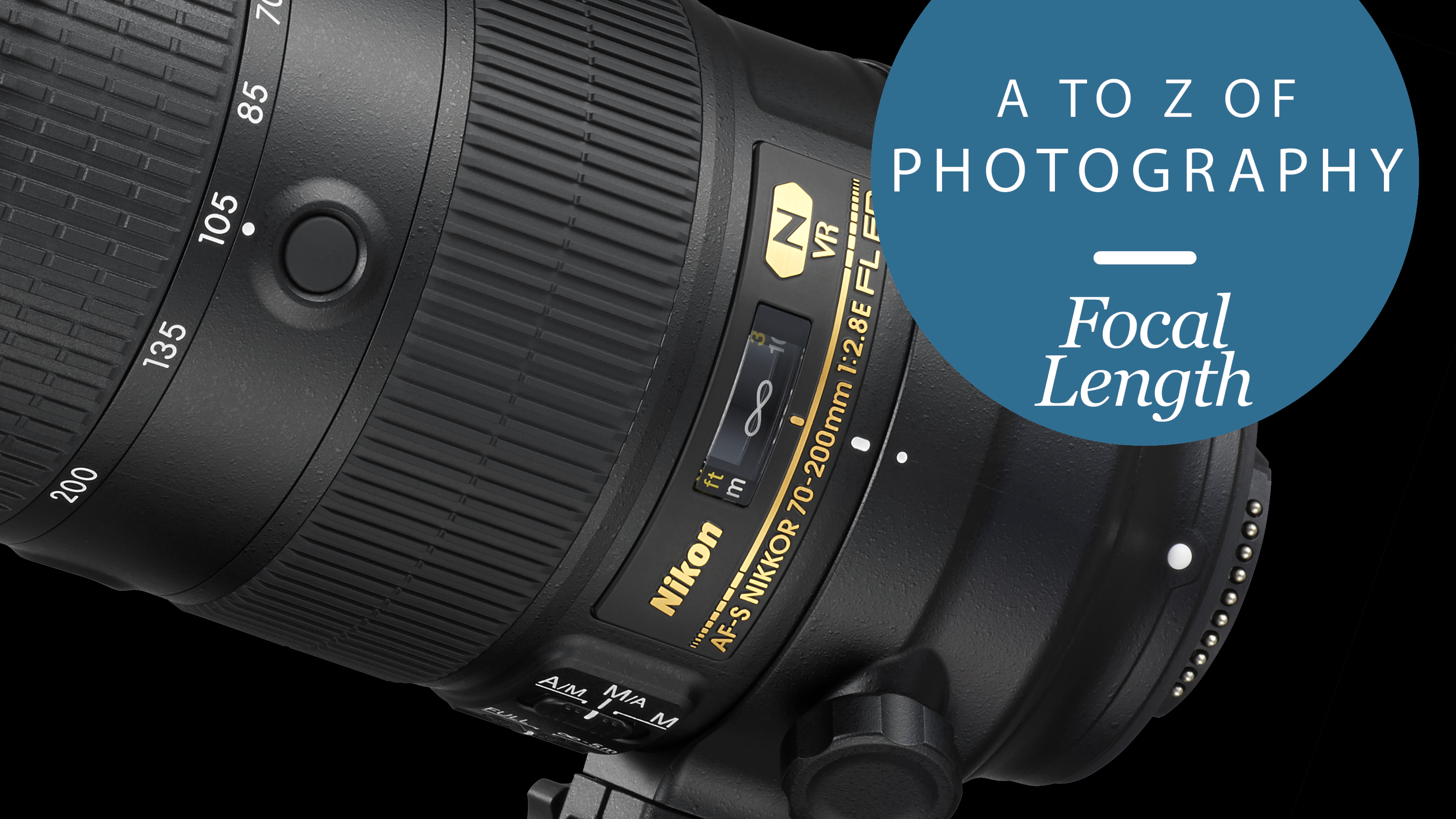
Focal length is the optical distance from the front element of a lens to the point where light rays entering the lens converge to form a sharp image on the sensor, and is expressed in millimetres.
It also suggests the characteristics of a lens – its angle of view, i.e. how wide or how narrow a view of a scene will be captured, and the magnification, or how large or small an object will appear in the viewfinder.
Shorter (lower number) focal lengths produce a wider angle of view, with objects appearing smaller in the frame, while longer (higher number) focal lengths produce a narrower angle of view, with objects appearing larger in the frame.
For instance, an 8mm fisheye lens may be able to take in a huge 180-degree view – and there’s a risk that your feet will inadvertently end up in the frame if you’re not careful. Super-telephoto lenses, on the other hand, may offer an angle of view of just three or four degrees.
Focal lengths compared
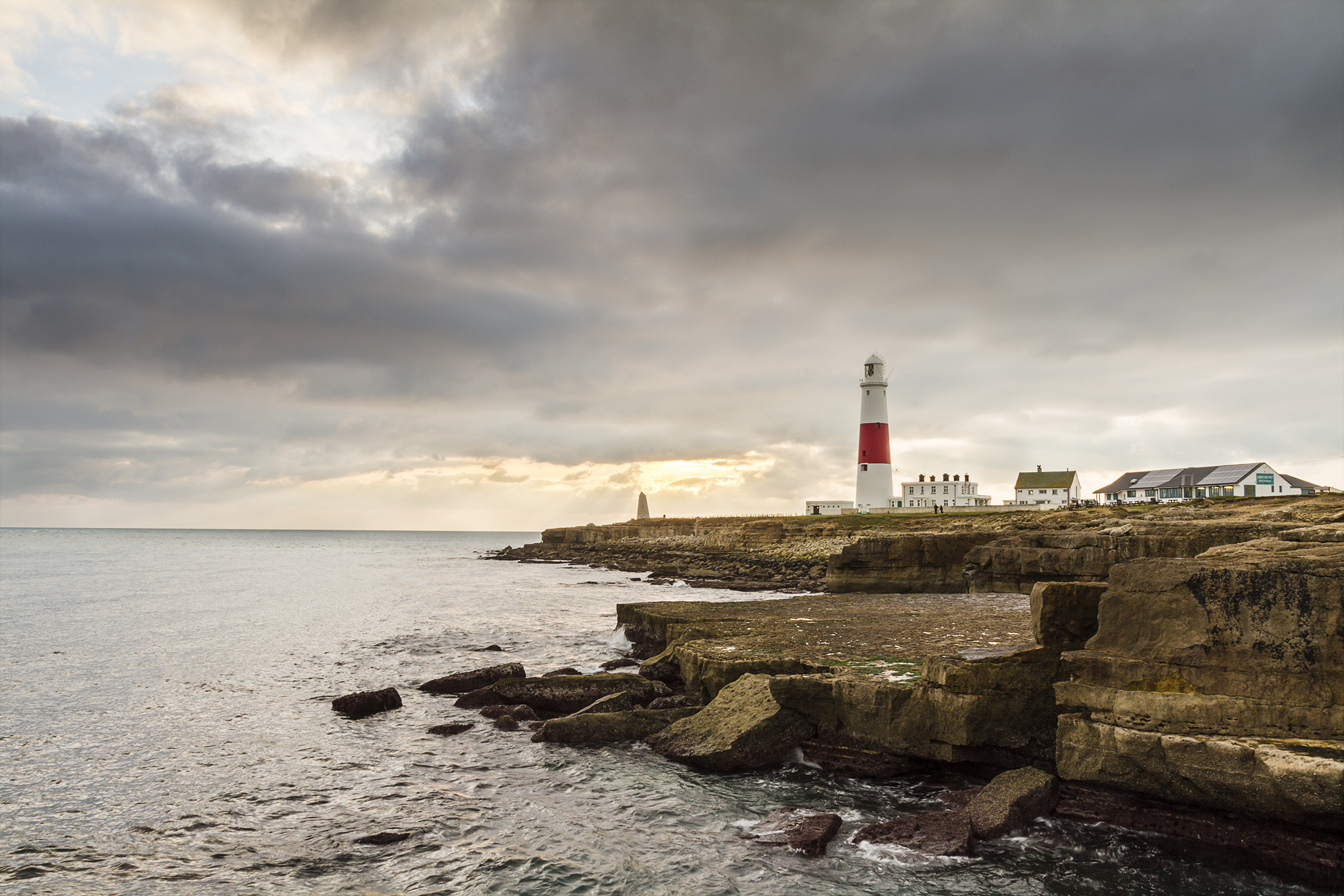
Wide-angle
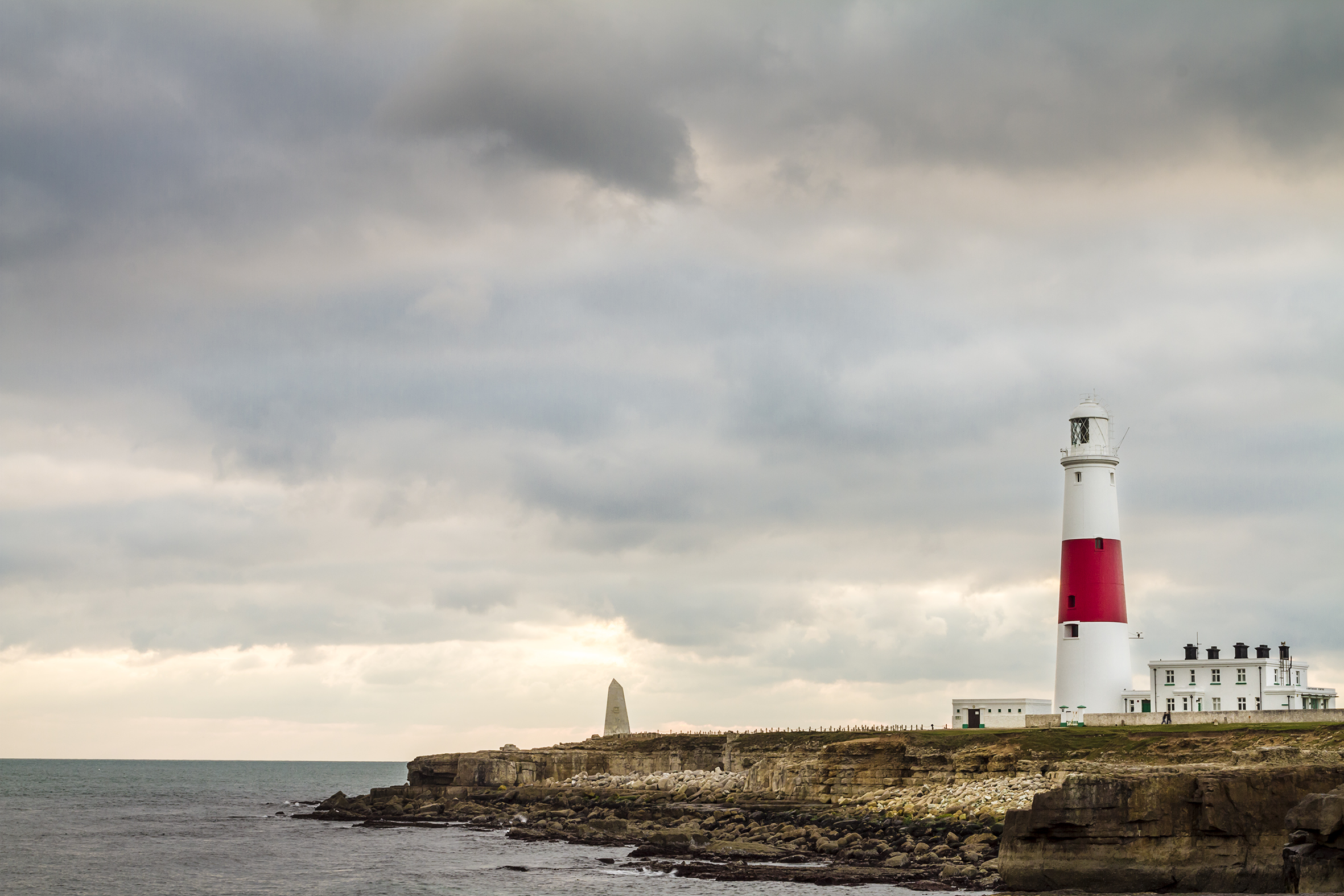
Standard
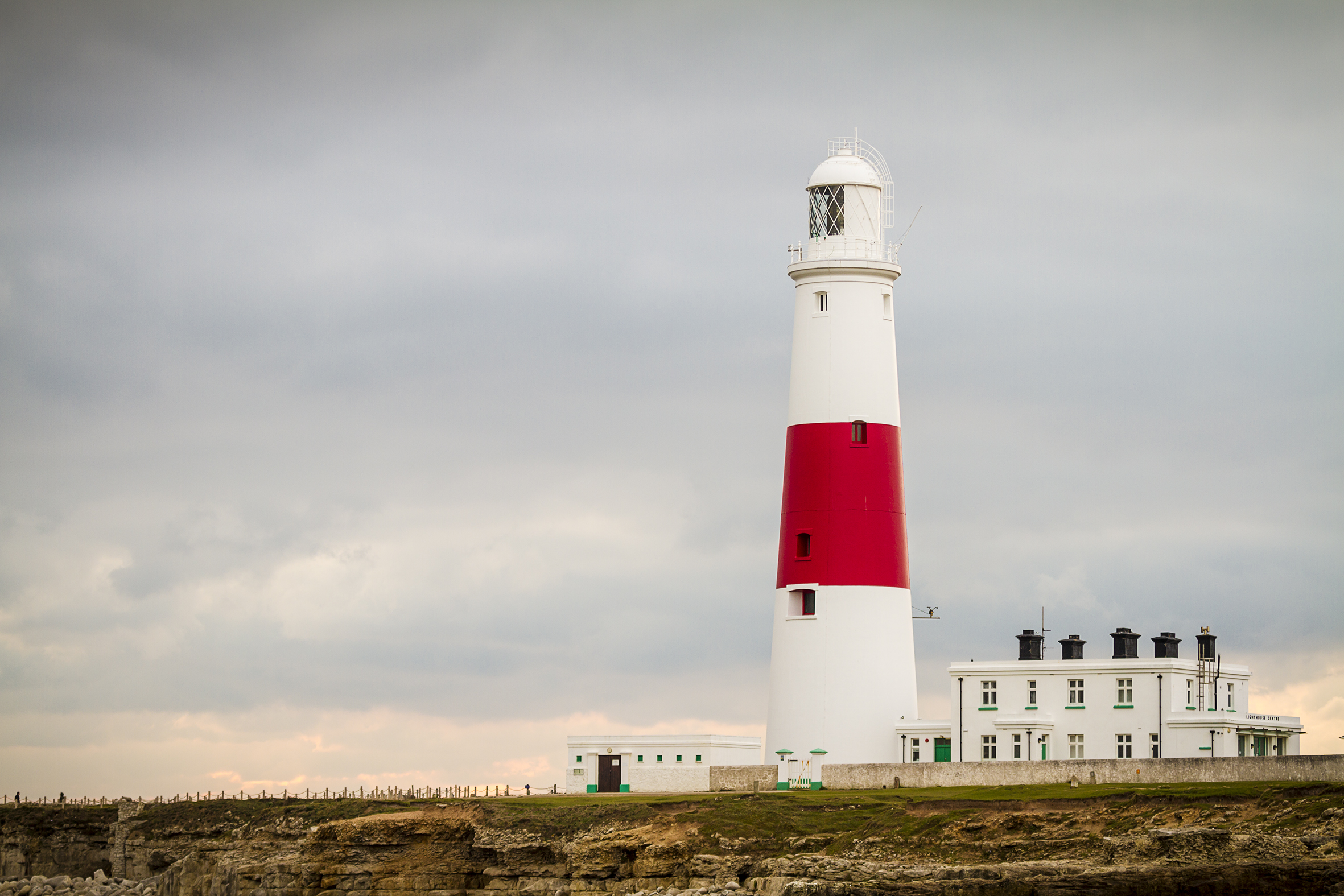
Telephoto
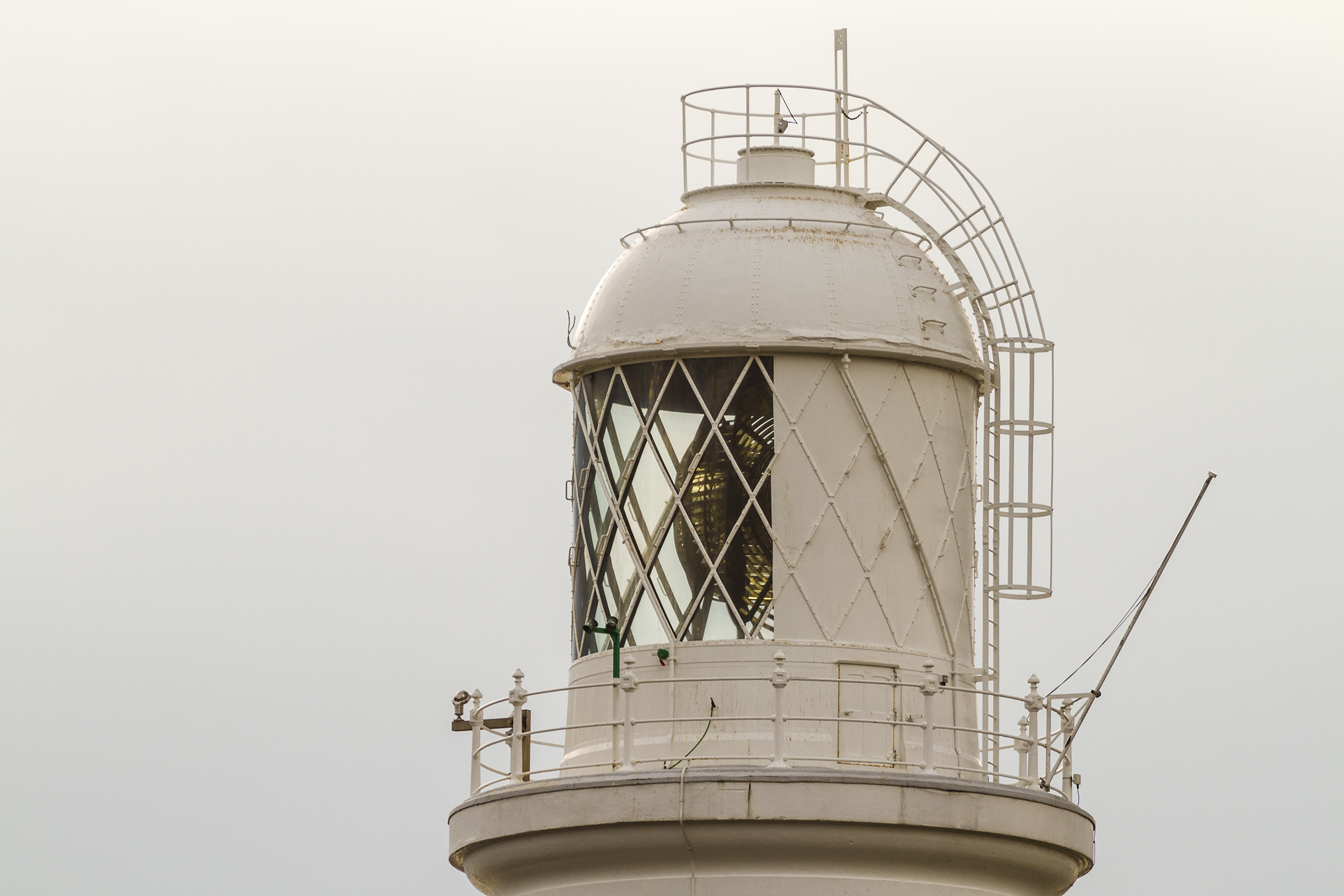
Super-telephoto
Lenses of different focal lengths can produce the same angle of view on different camera bodies depending on sensor size. For instance, on an APS-C camera, 35mm is roughly the same as 50mm on a full-frame camera on account of the 1.5x or 1.6x crop factor, as is 80mm on a medium format body. Although the focal length is different with each camera format, the effective focal length – the angle of view produced by the lens – is the same.
Prime vs zoom
A lens can either have a fixed focal length ('prime' lenses) or a variable focal length (zoom lenses), with options available in both types covering the full range of focal lengths, from wide-angle through standard to telephoto. So why would you select one type of lens over another?
A zoom lens offers flexibility in that you have a range of focal lengths within a single lens, which is great if space and weight are limited. Generally speaking, though, the maximum aperture of a zoom lens isn’t as wide as that of a prime lens, so if you want additional light-gathering capability for shooting in low light, and the potential for a shallower depth of field, a prime lens may be the best option.
Get daily insight, inspiration and deals in your inbox
Sign up for breaking news, reviews, opinion, top tech deals, and more.
James Abbott is a professional photographer and freelance photography journalist. He contributes articles about photography, cameras and drones to a wide range of magazines and websites where he applies a wealth of experience to testing the latest photographic tech. James is also the author of ‘The Digital Darkroom: The Definitive Guide to Photo Editing’.
